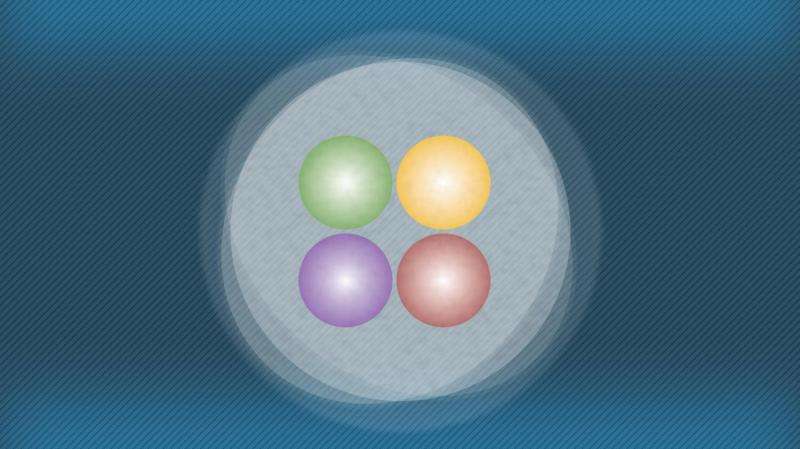Scientists discover new subatomic particle

Physicists have discovered a new elementary particle—the latest member to be added to the exotic species known as tetraquarks.
The discovery was made by scientists – including Lancaster's Professor Iain Bertram - involved in the DZero international collaboration at Fermilab, the US Government's laboratory specialising in high-energy particle physics.
Professor Bertram said: "It is exciting to discover a new and unusual particle that will help us understand the strong interaction- one of the four known fundamental interactions in physics."
DZero is one of two experiments at Fermilab's Tevatron collider. Although the Tevatron was retired in 2011, the experiments continue to analyse billions of previously recorded events from its collisions.
The tetraquark observation came as a surprise when DZero scientists first saw hints in July 2015 of the new particle, called X(5568), named for its mass—5568 megaelectronvolts.
Professor Bertram worked on the analysis, developing the model used to simulate the X(5568).
Quarks are point-like elementary particles that typically come in packages of two or three, the most familiar of which are the proton and neutron (each is made of three quarks).
There are six types, or "flavours," of quark to choose from: up, down, strange, charm, bottom and top. Each of these also has an antimatter counterpart.
While all other observed tetraquarks contain at least two of the same flavor, X(5568) has four different flavors - up, down, strange and bottom.
More information: "Observation of a new Bs0π± state" paper FERMILAB-PUB-16-038-E. arXiv:1602.07588 [hep-ex]
Provided by Lancaster University


















